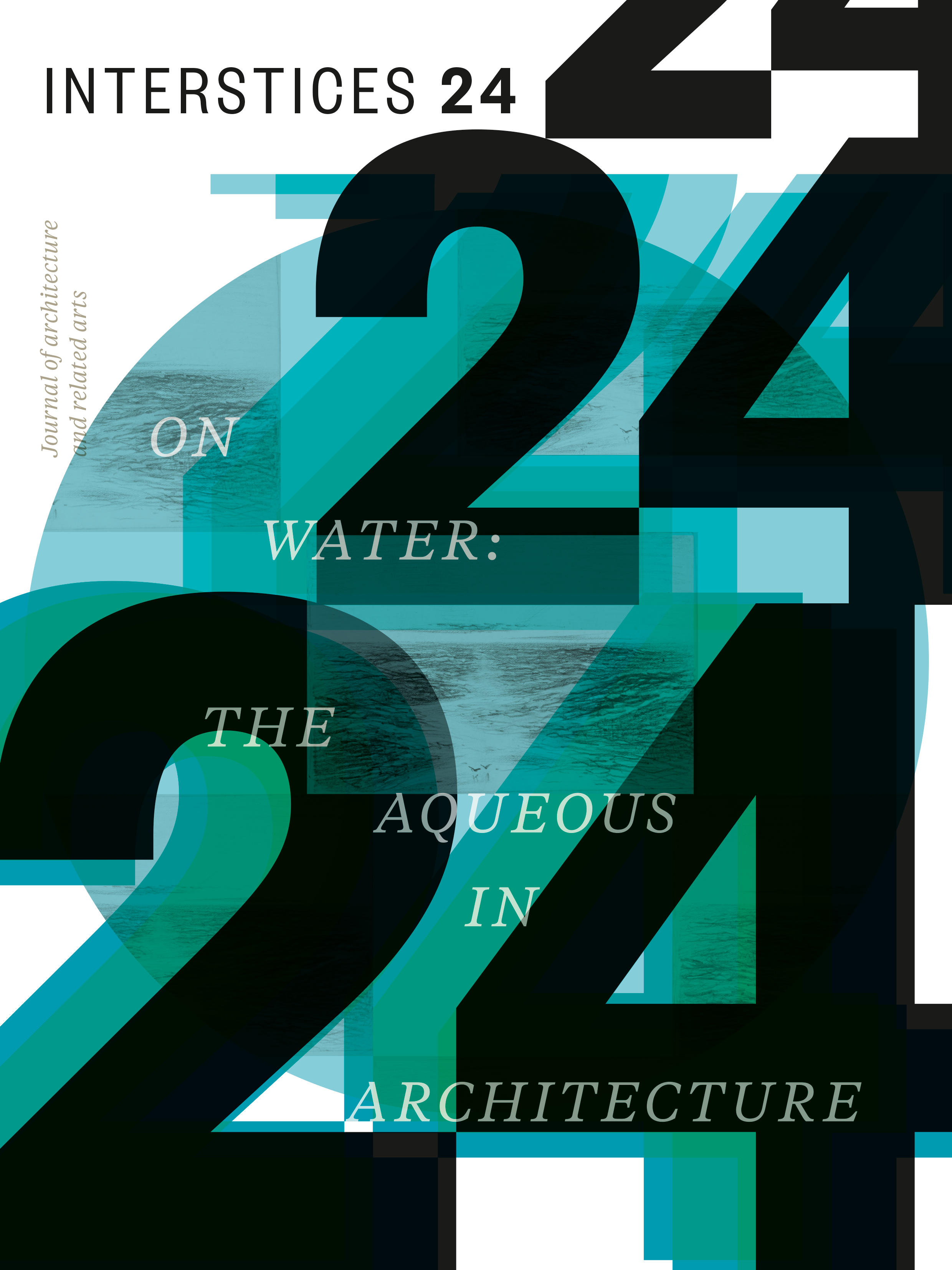Convergence, transition, and variability in a coproduced waterscape
Abstract
This paper positions Moreton Bay, Quandamooka, as a dynamic waterscape shaped by hydrological volatility, ecological adaptation, socio-cultural interventions, and geological processes. Framed by convergence, transition, and variability, the bay is recast not as a degraded site but as a co-produced socio-natural system shaped through multiscalar human and more-than-human interactions. With little of its catchment untouched, the study examines how sediment regimes, hydrothermal variation, and infrastructural discharges compound stresses on already marginal ecologies. It identifies novel adaptations and emergent resilience in cases such as mangrove migration, co-constituted reef systems, and a manufactured river mouth—where ecological agency unfolds not apart from, but through entanglement with, anthropogenic influence. The bay’s extreme hydrological variability exposes the limits of control-based infrastructure and foregrounds uncertainty as foundational. In response, the paper calls for a paradigm shift in design practice—embracing flux, fostering adaptive capacity, and leveraging disturbance as a material force in crafting anticipatory waterscapes.


